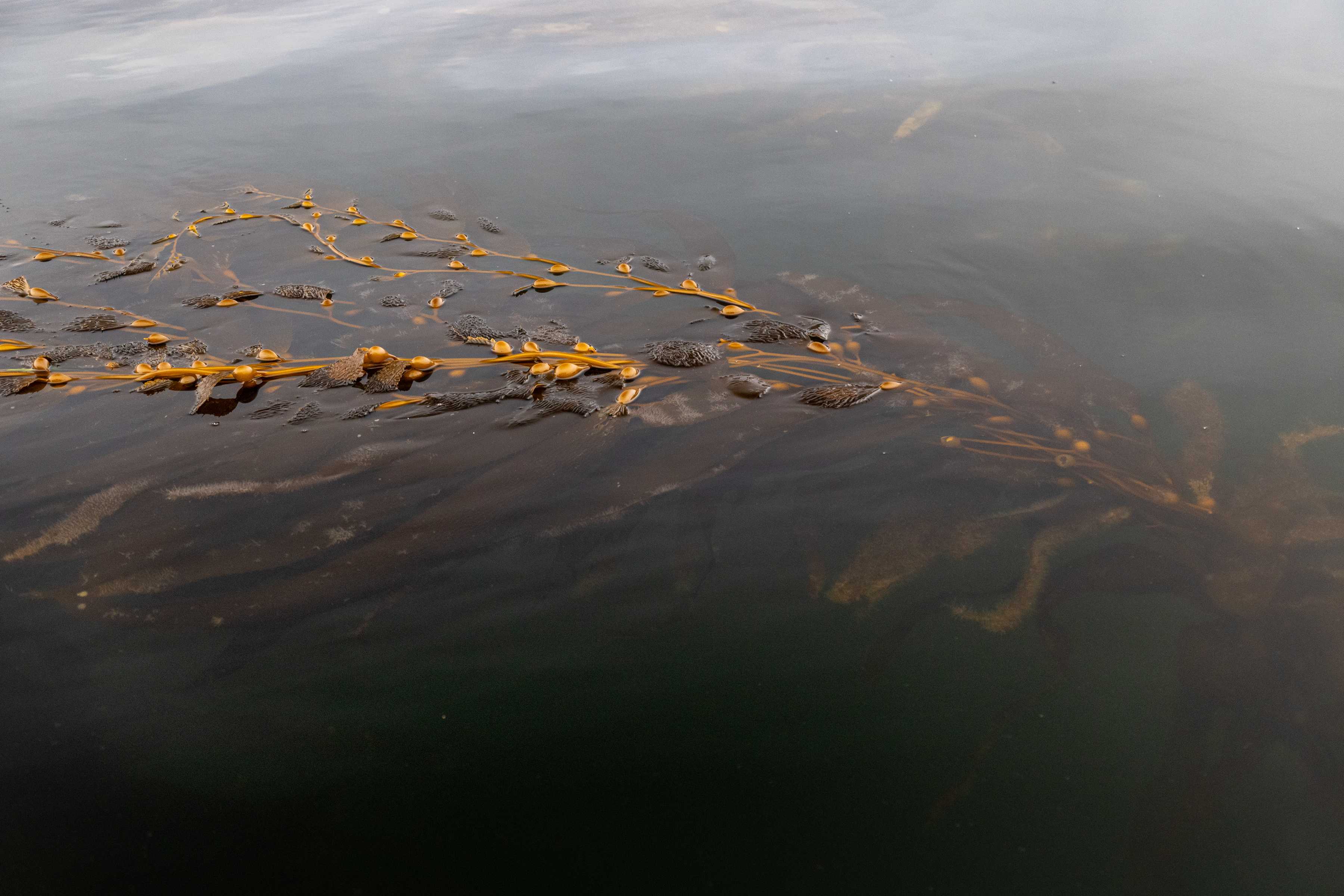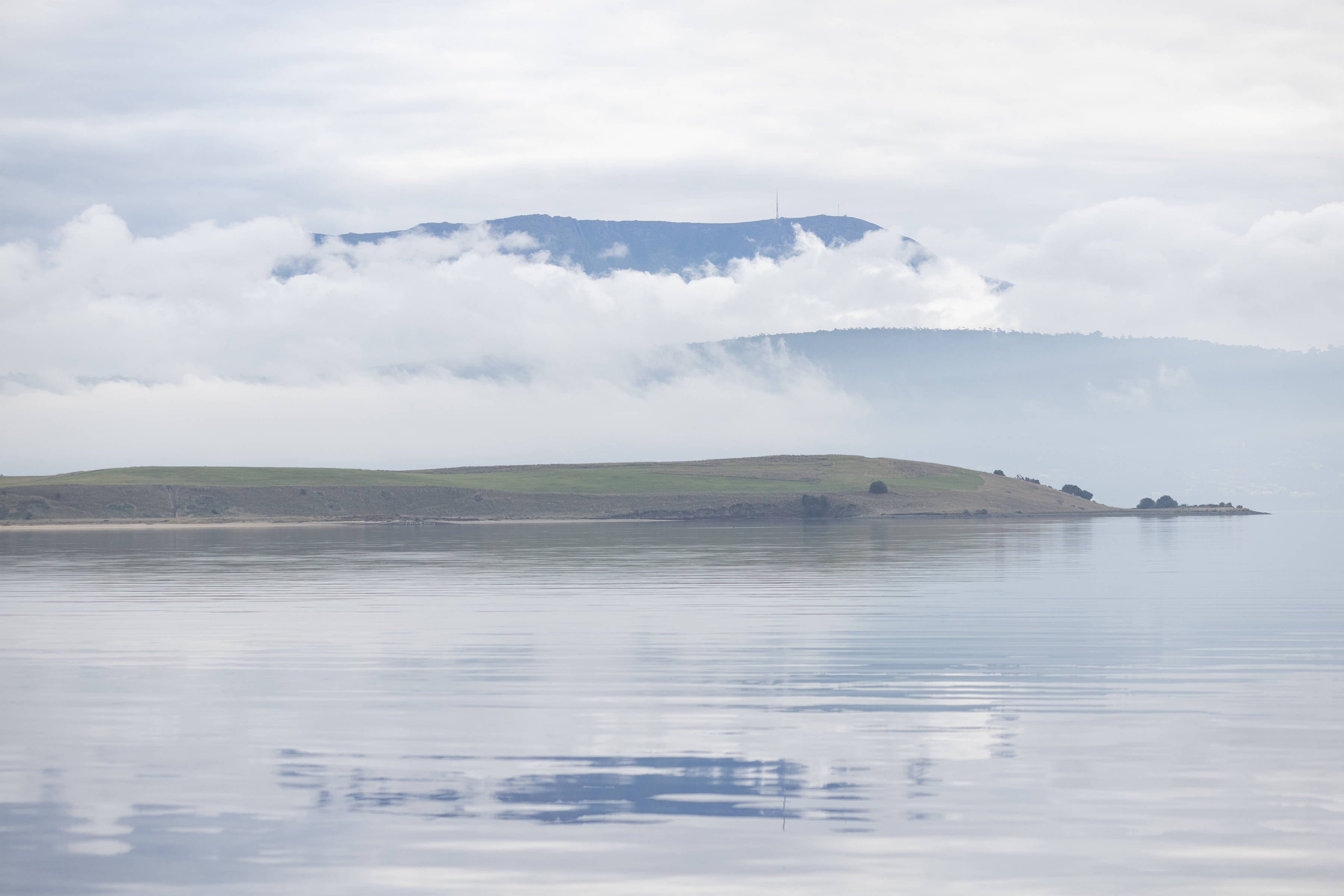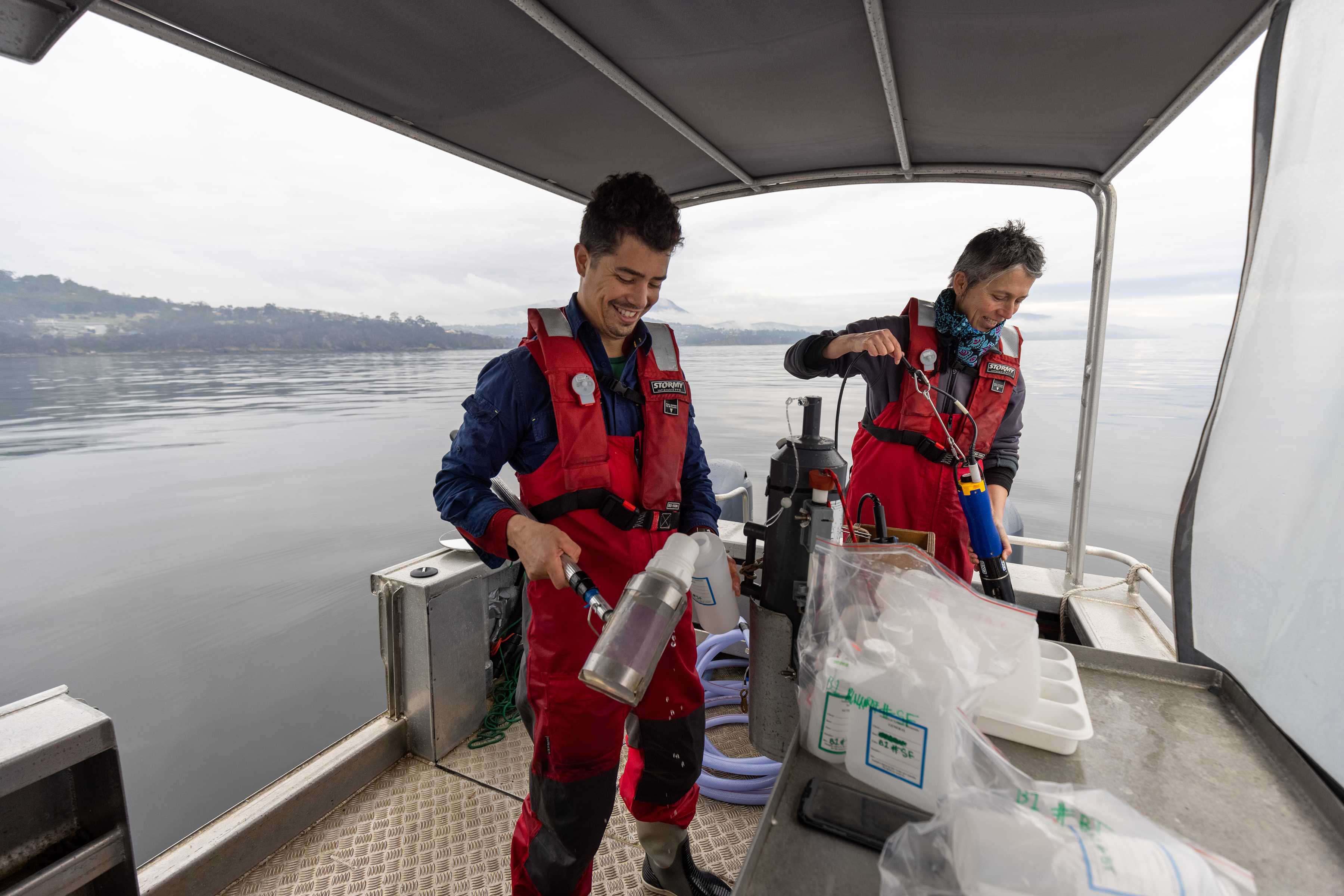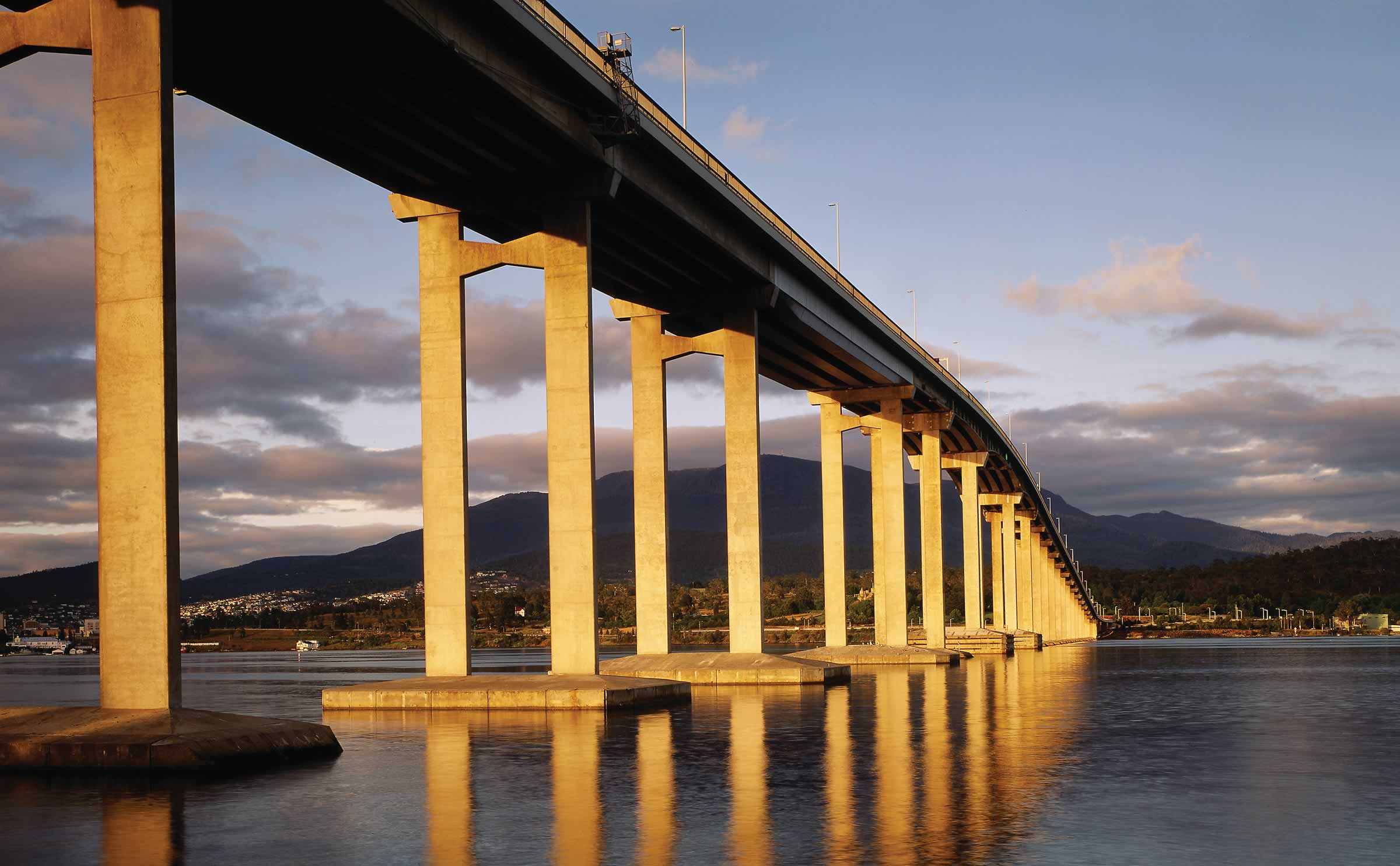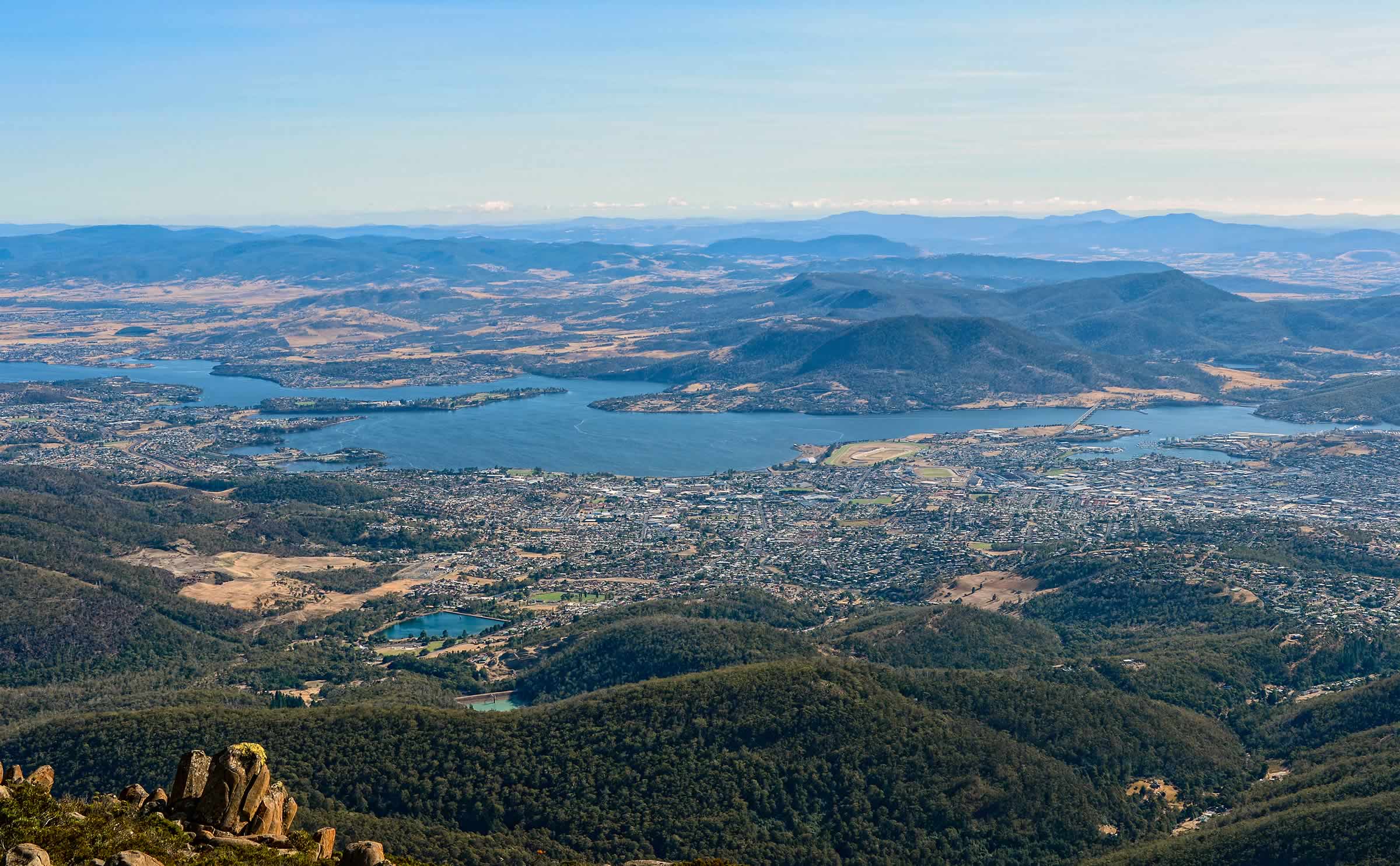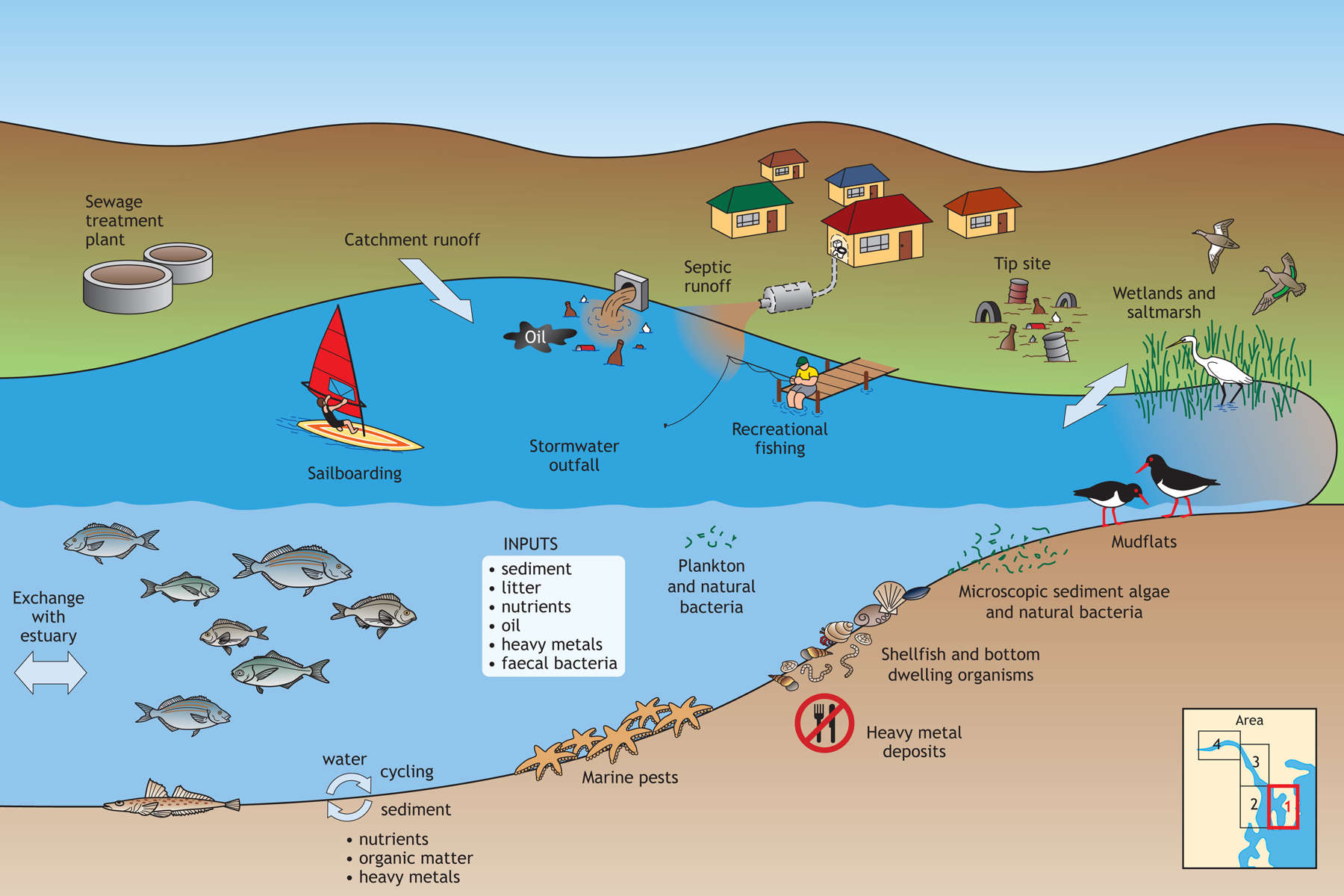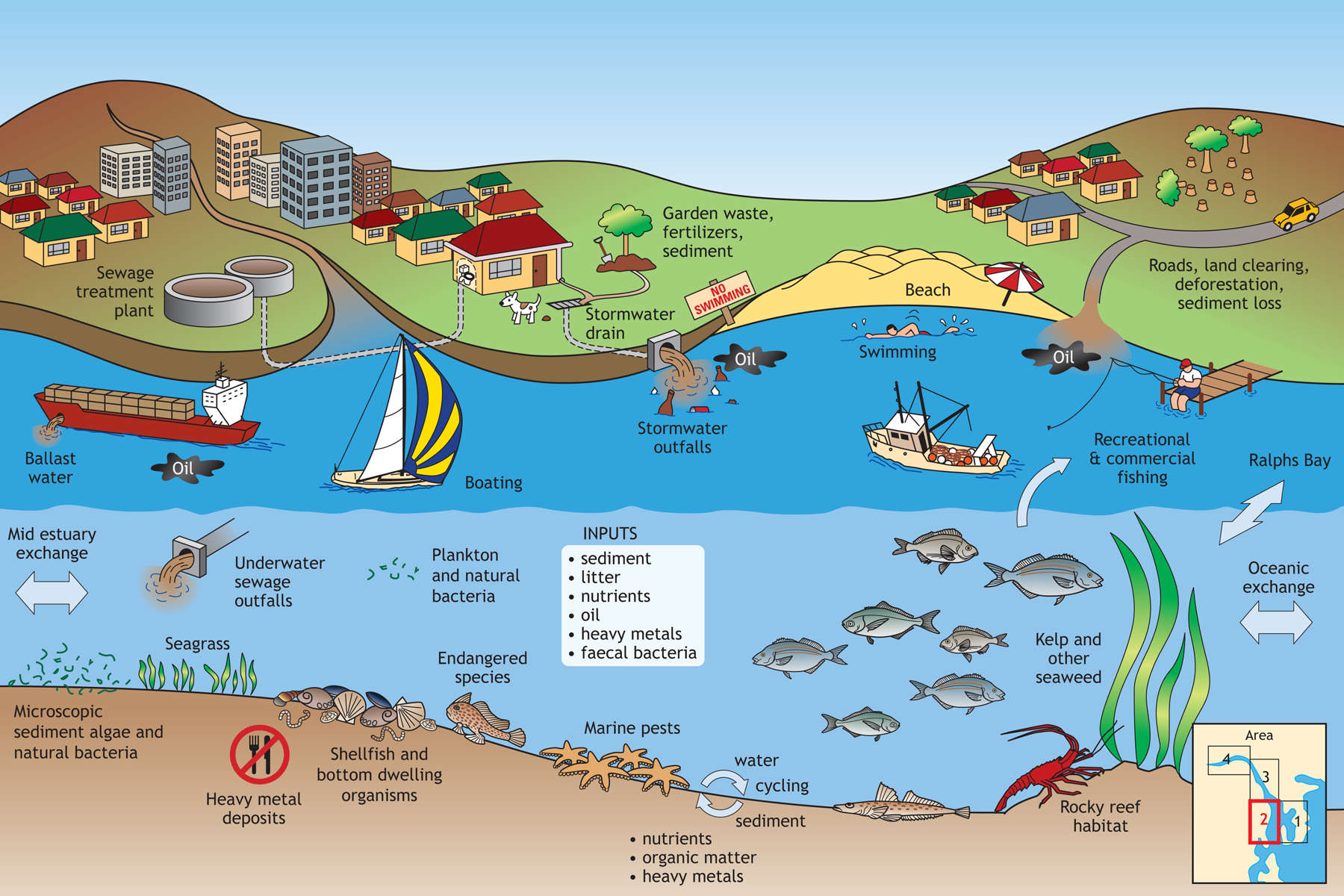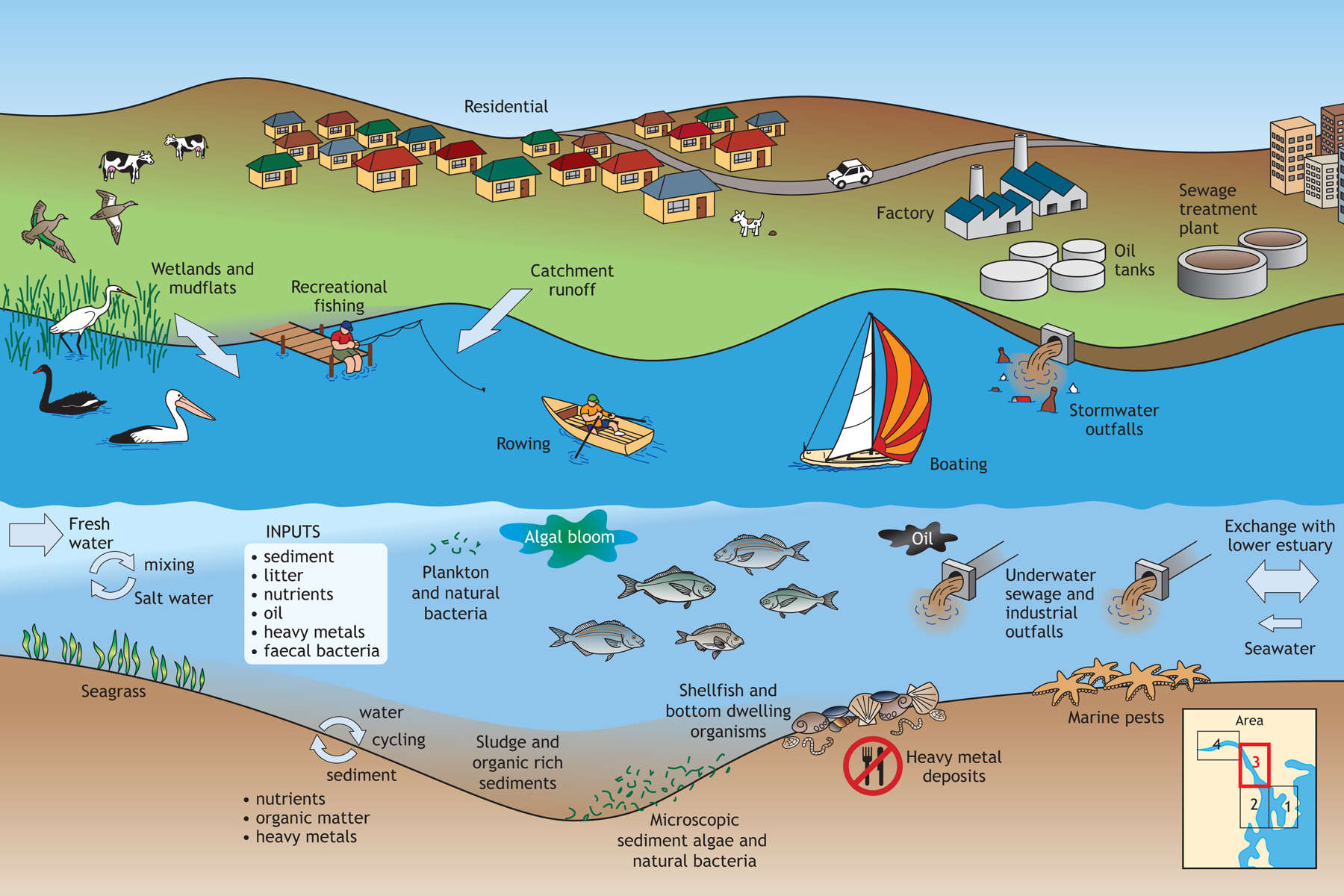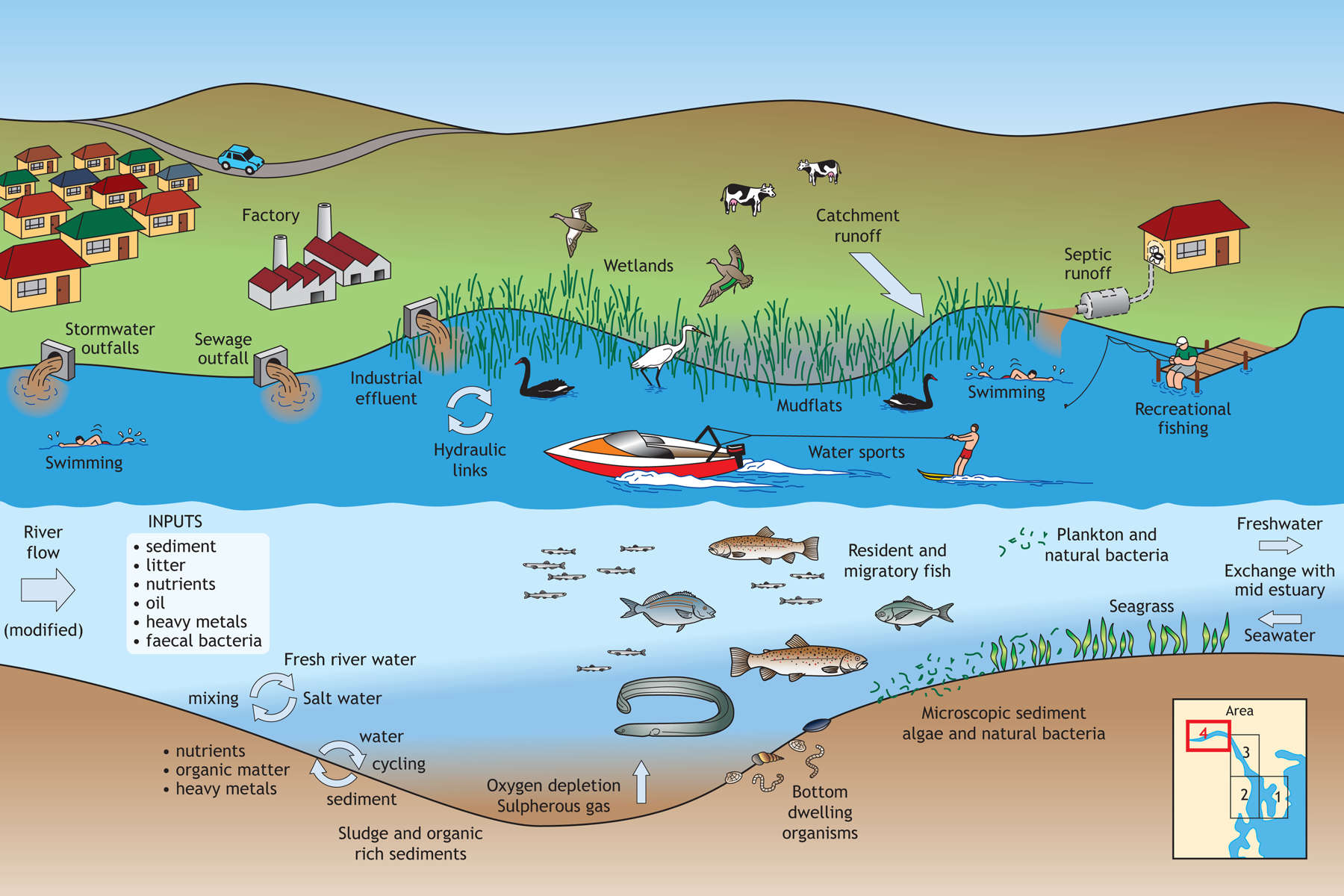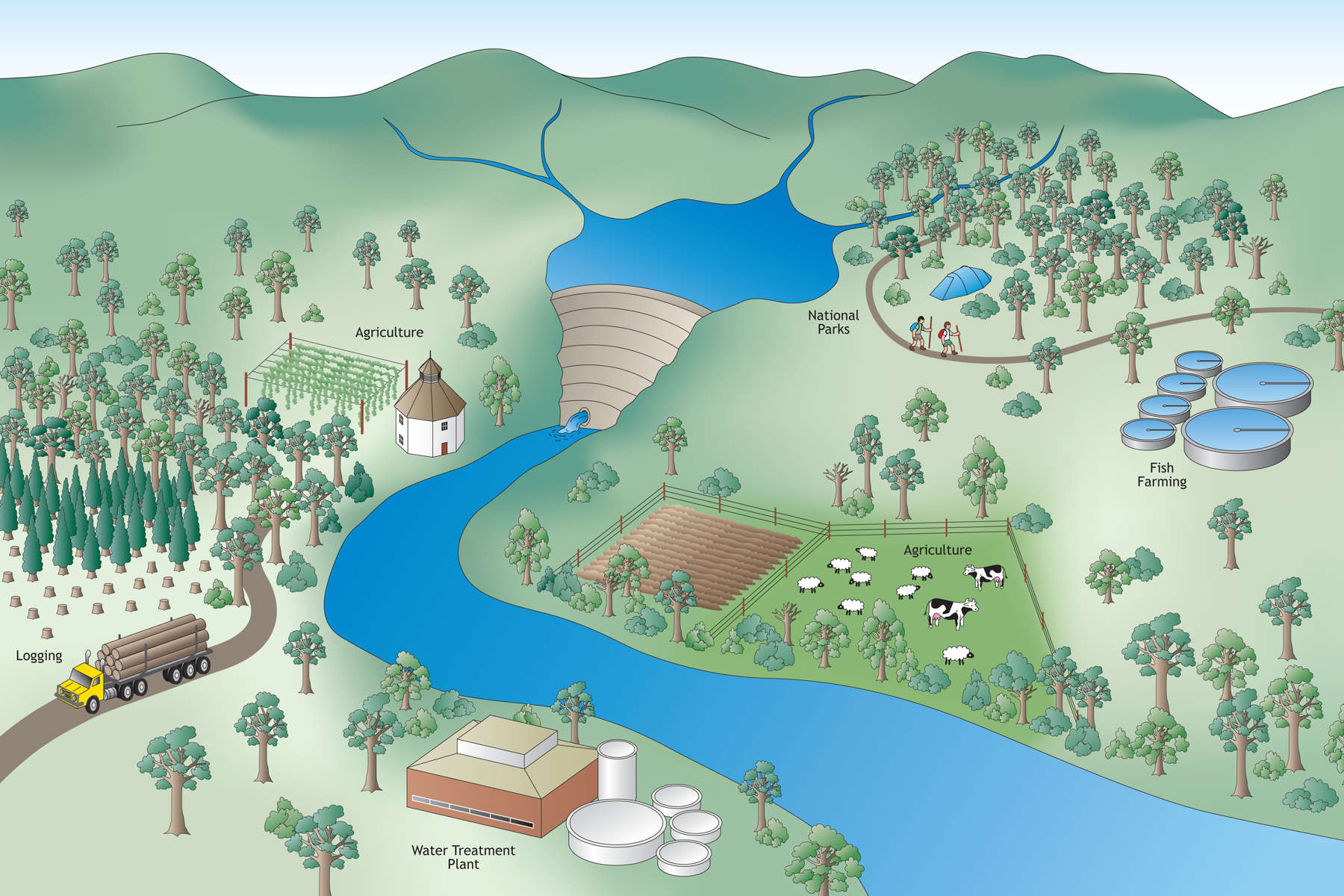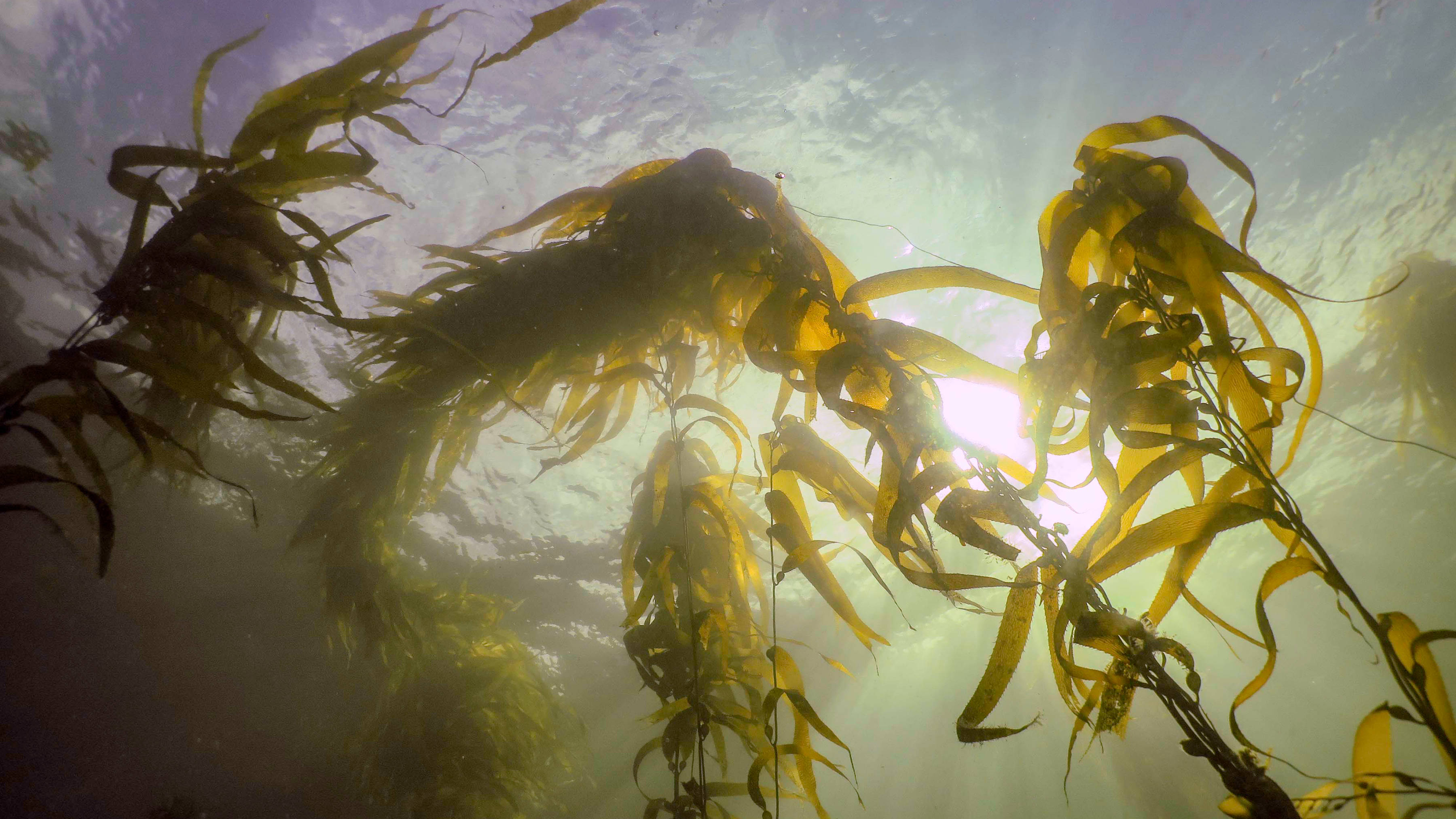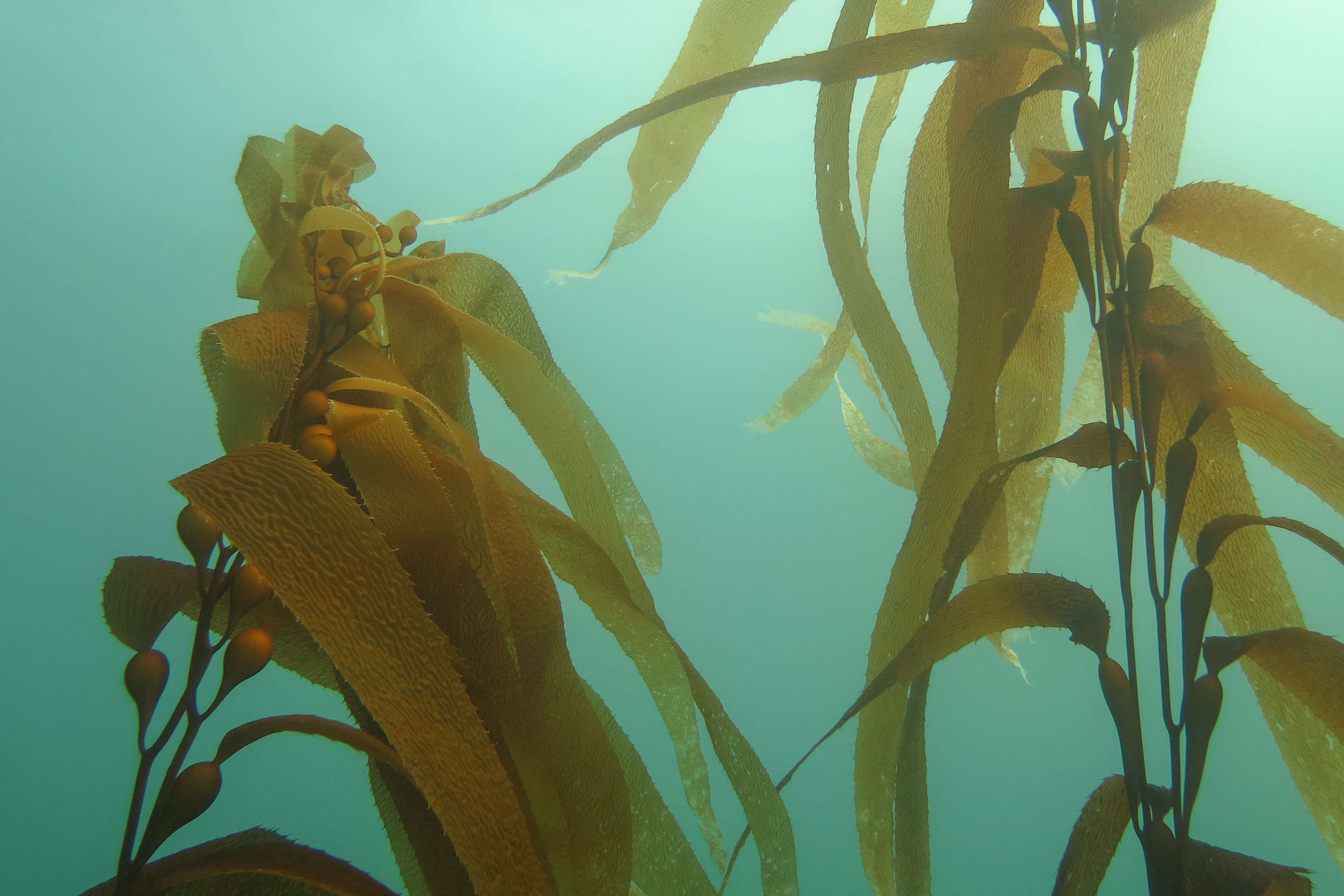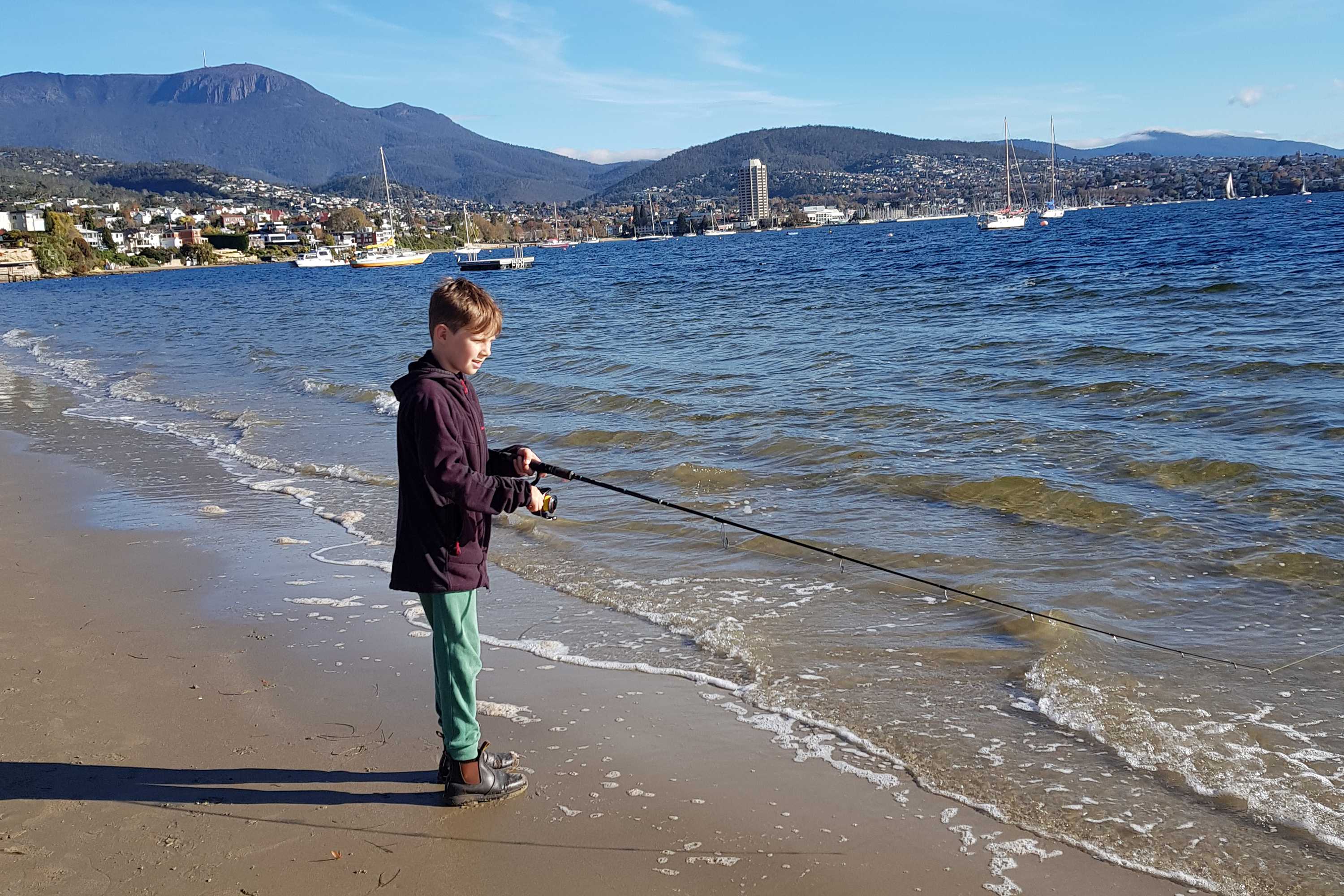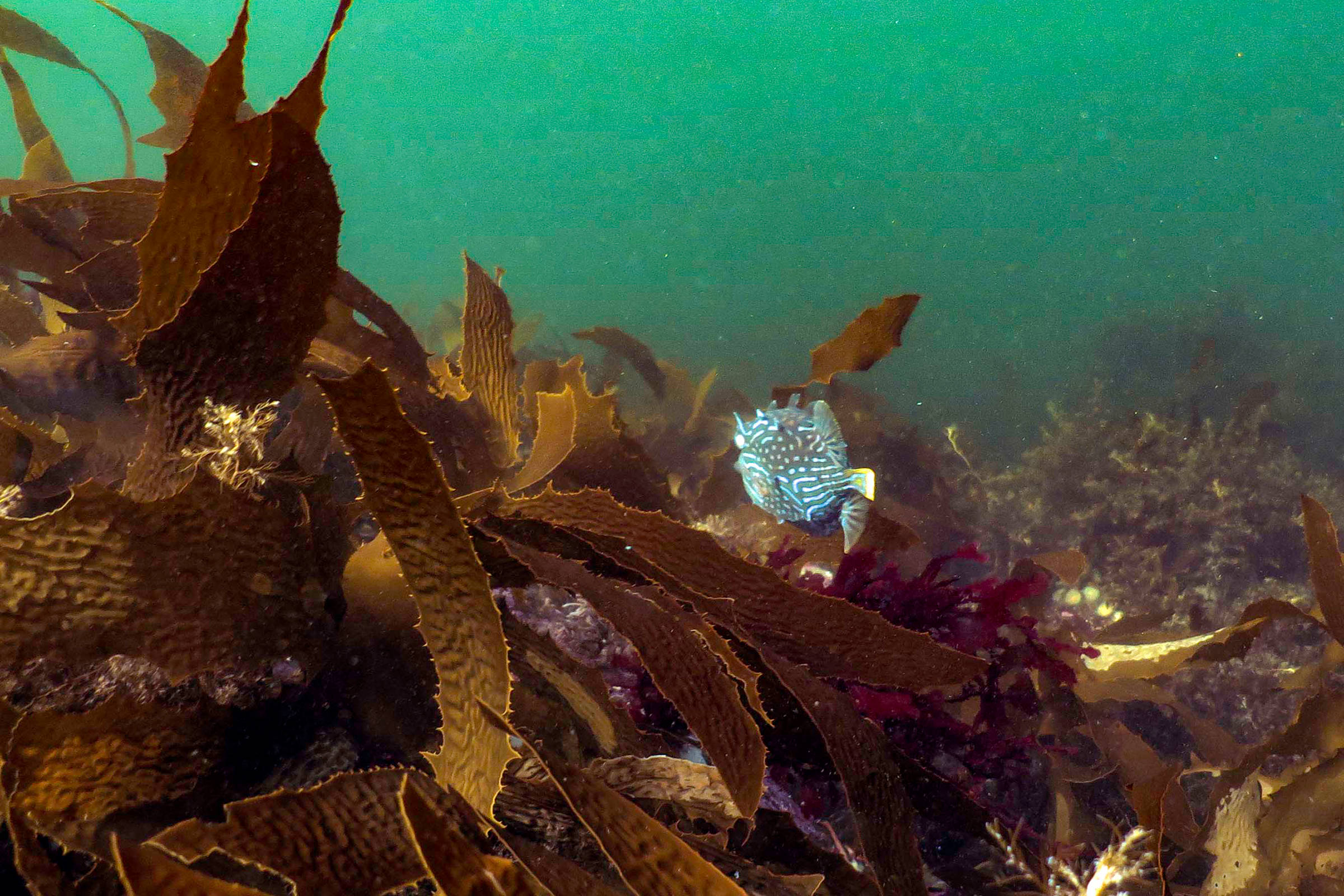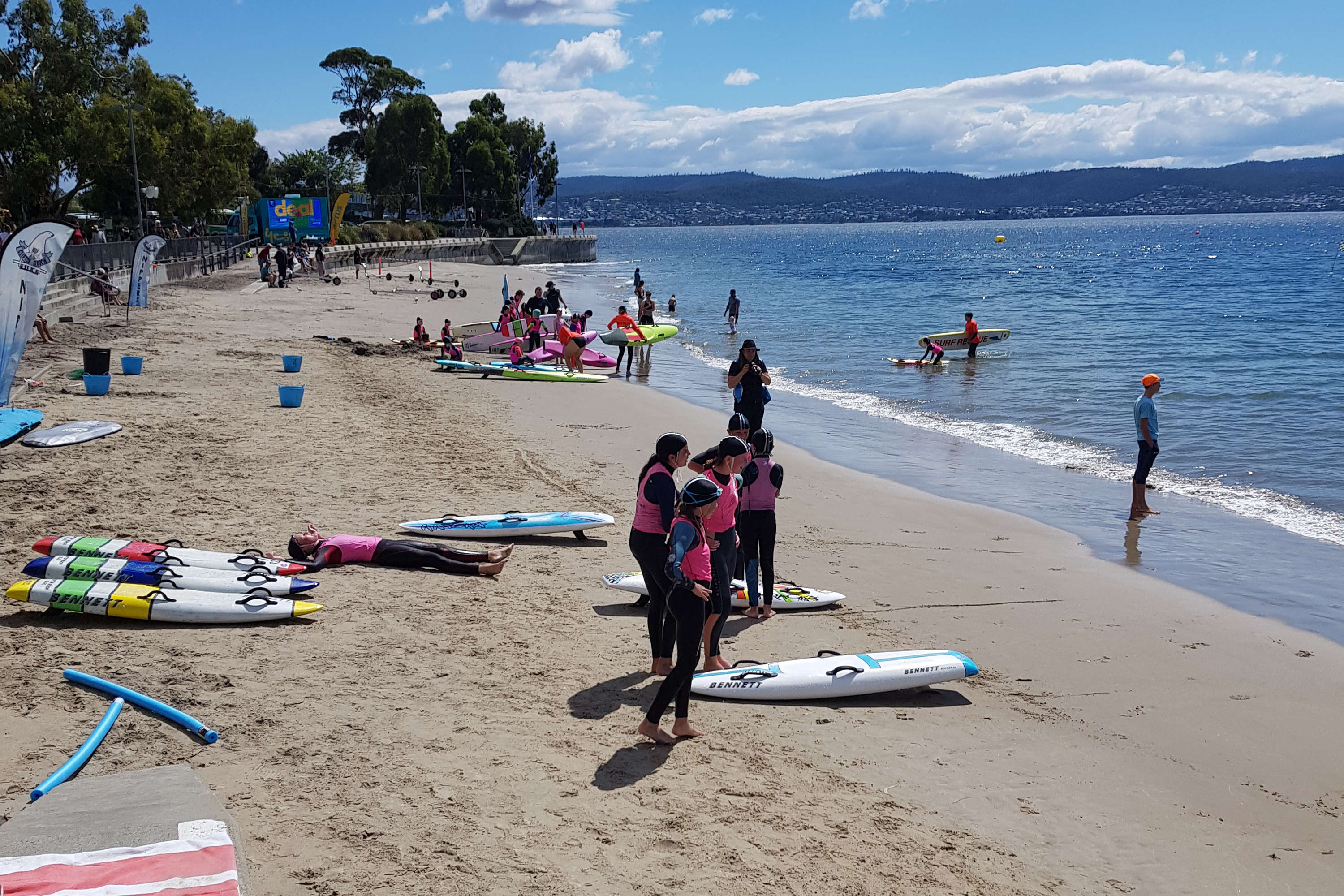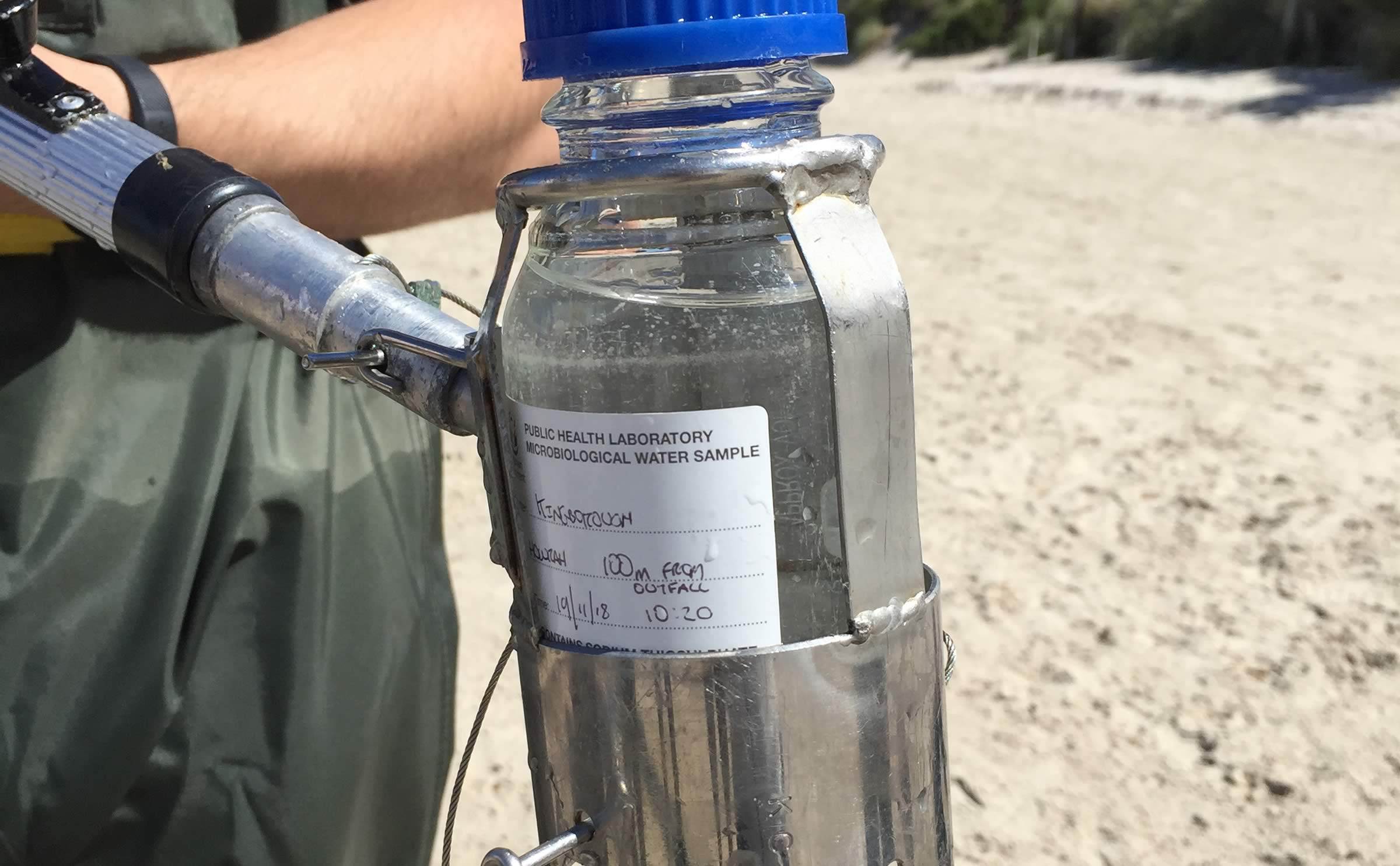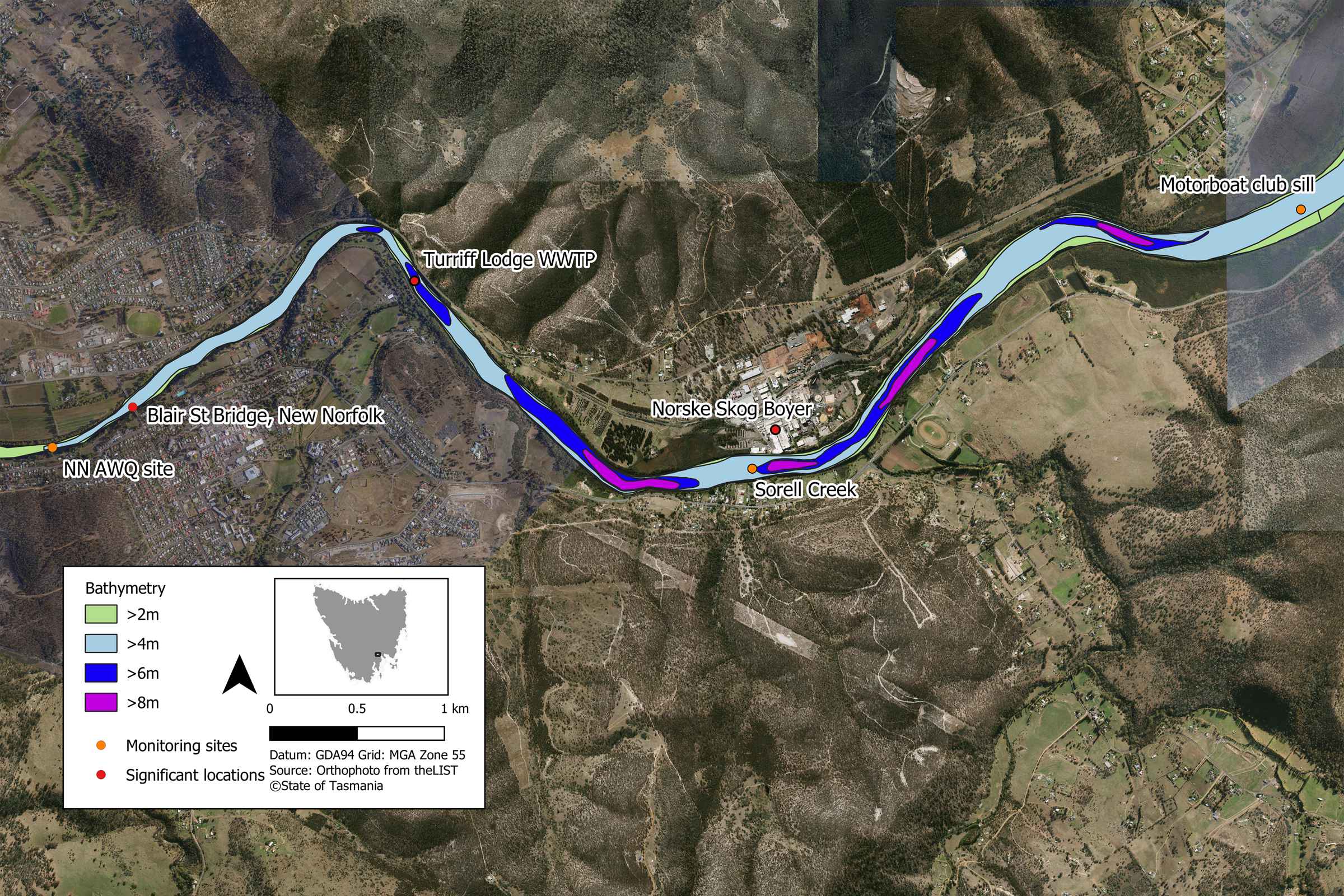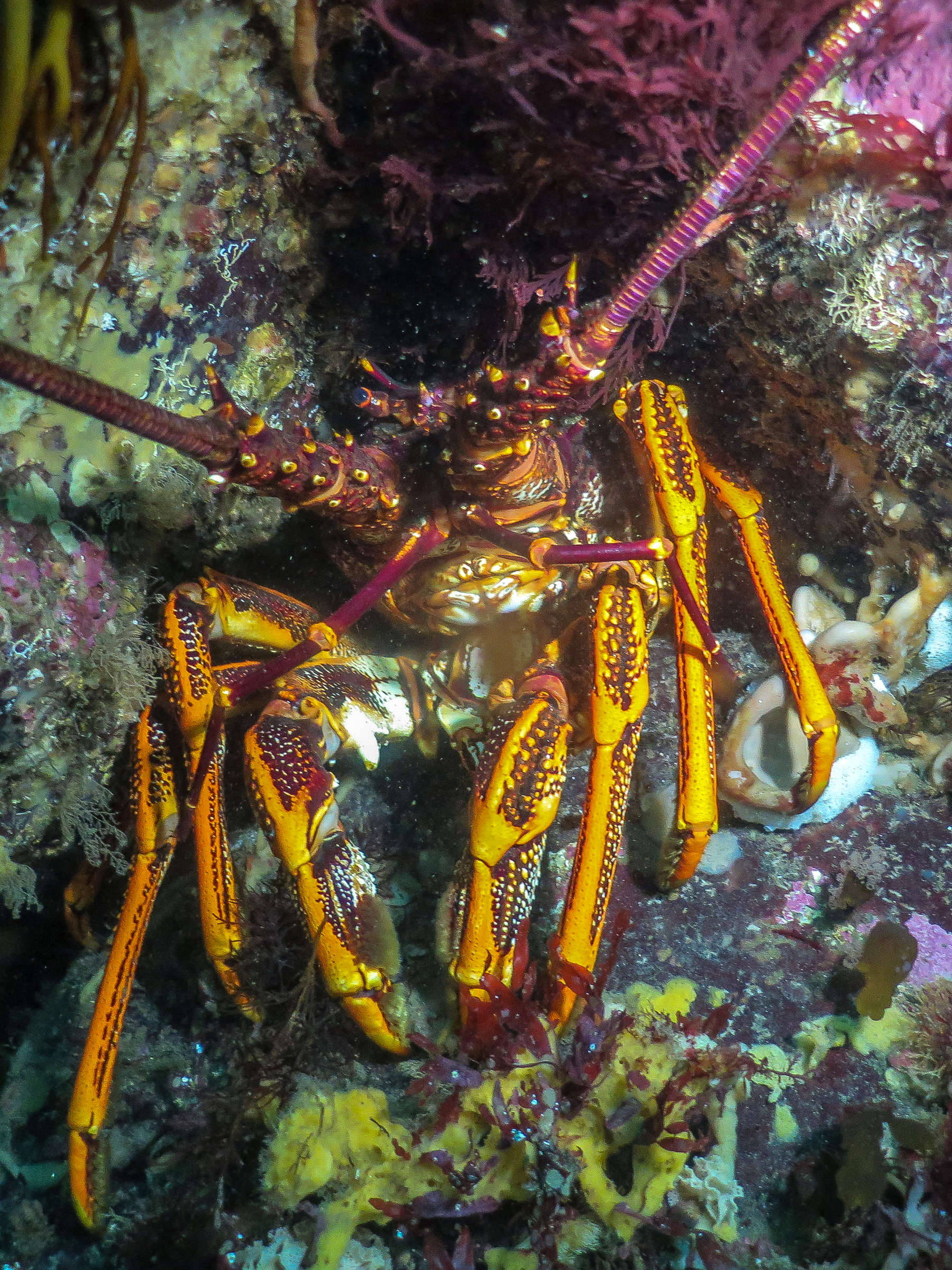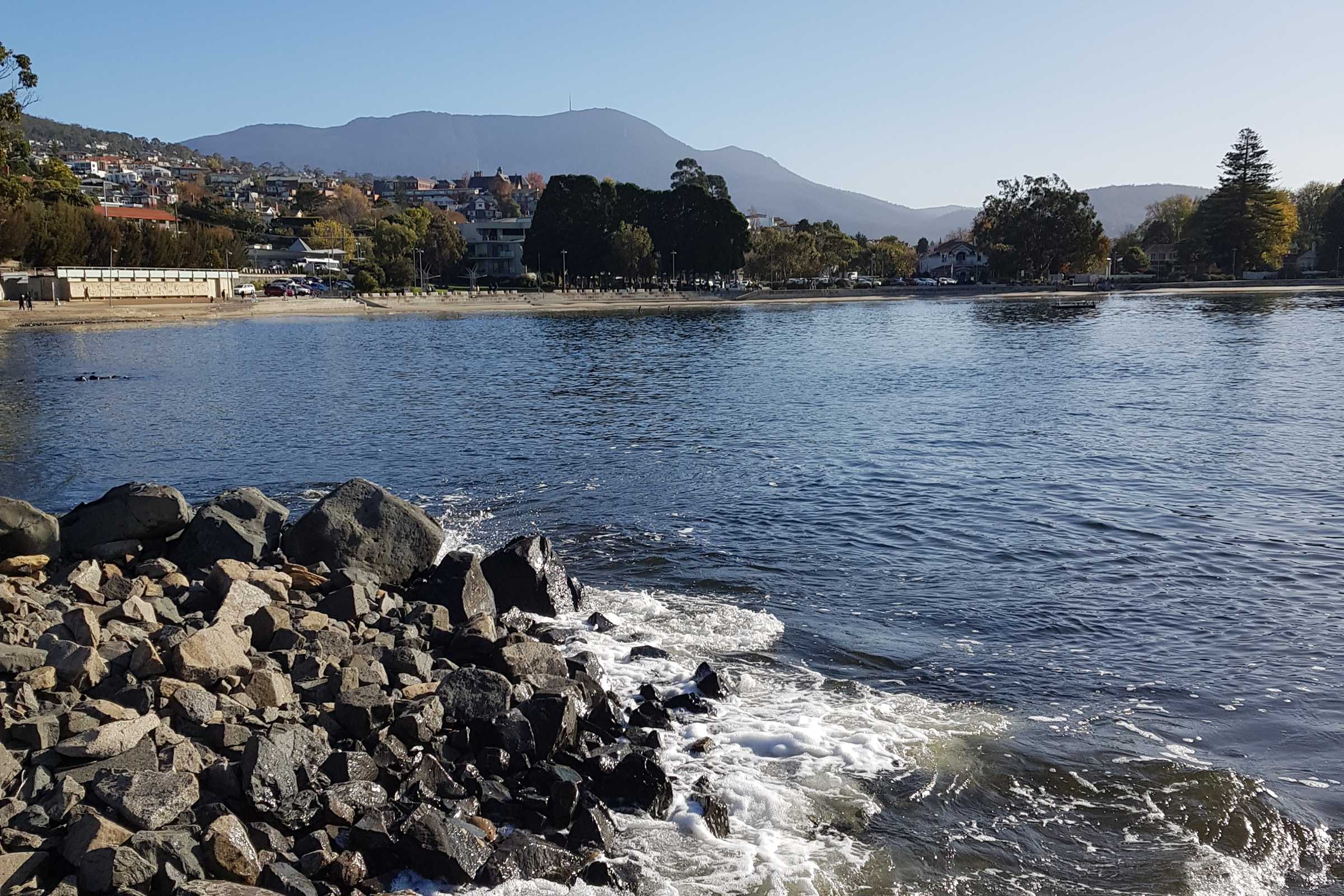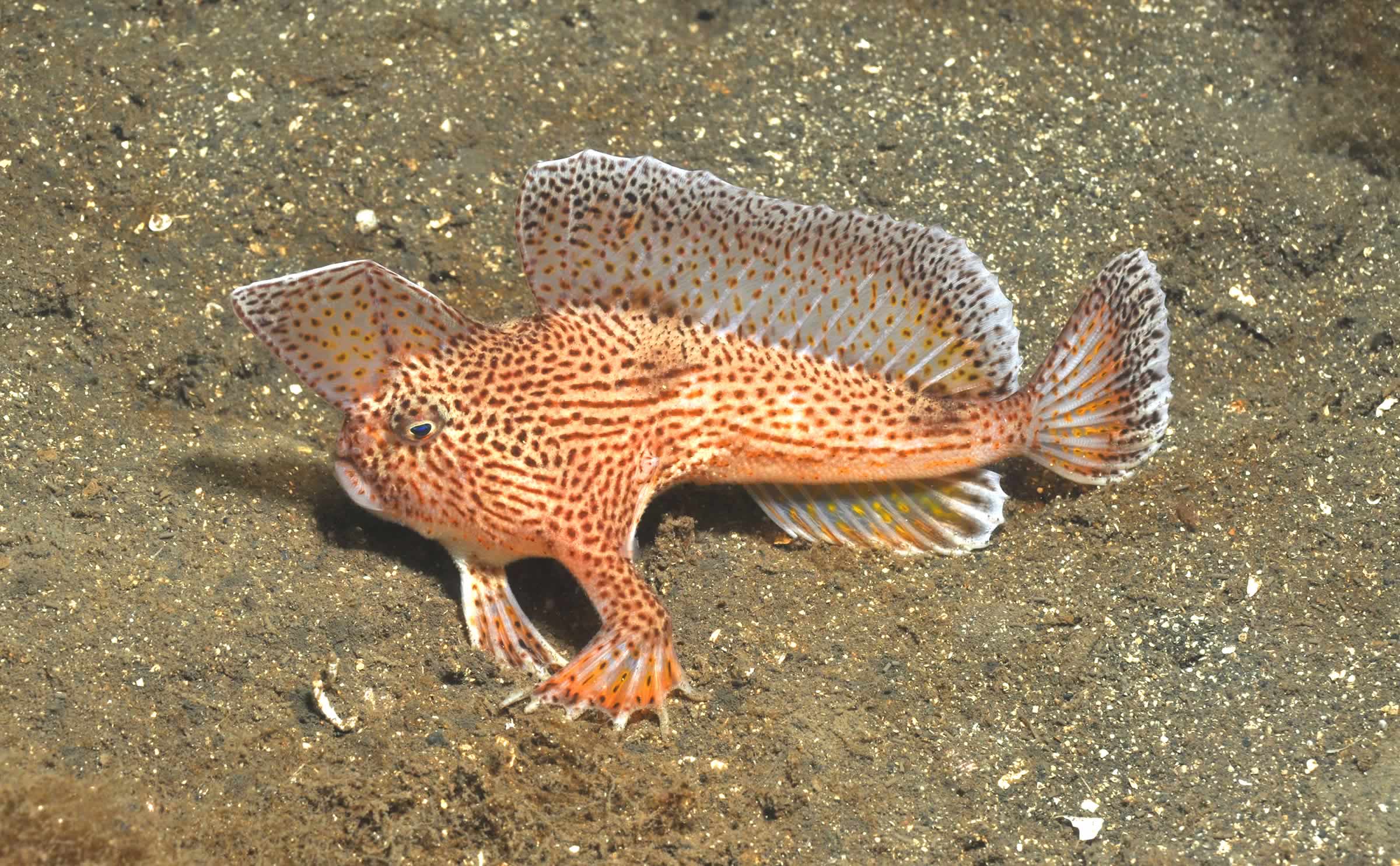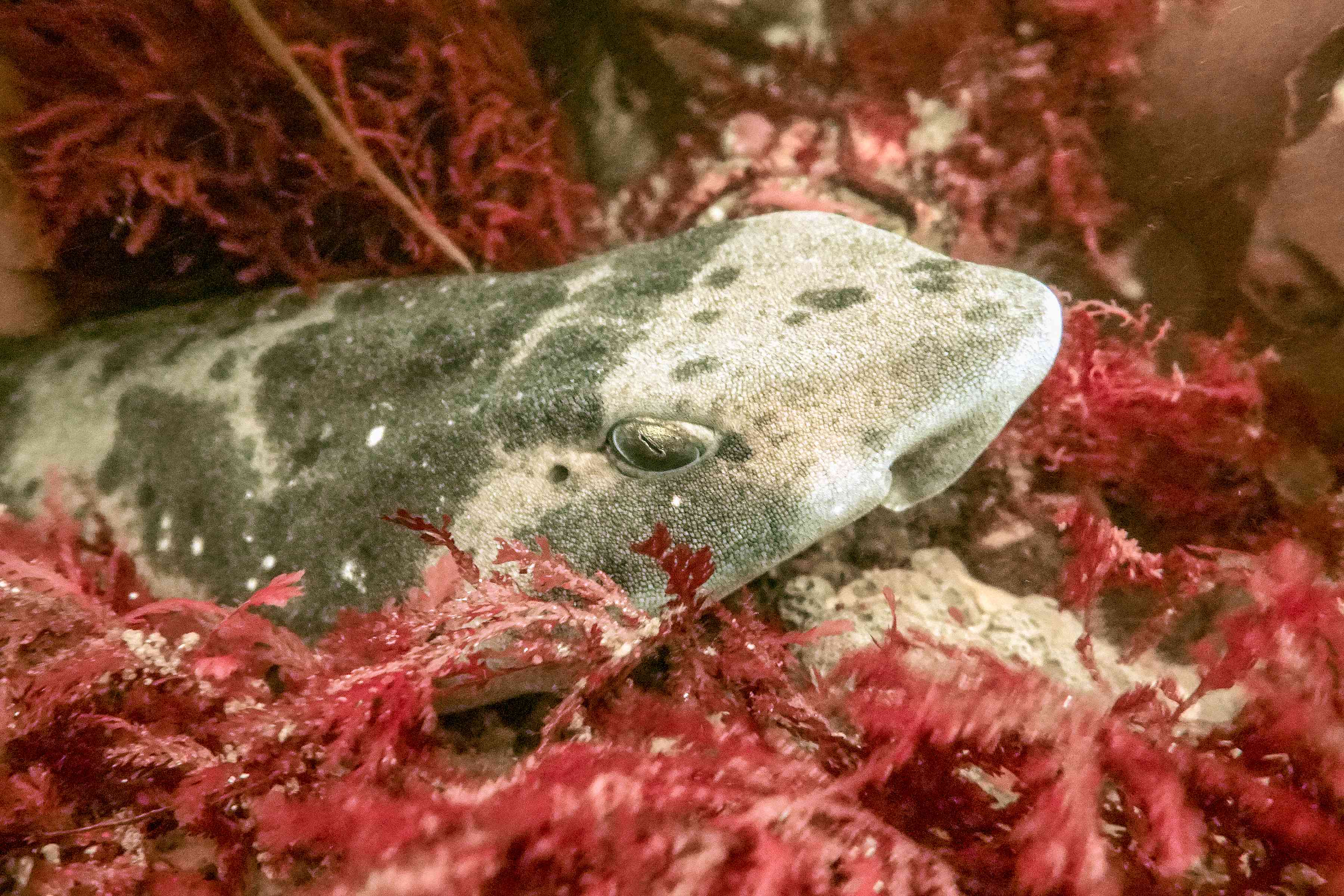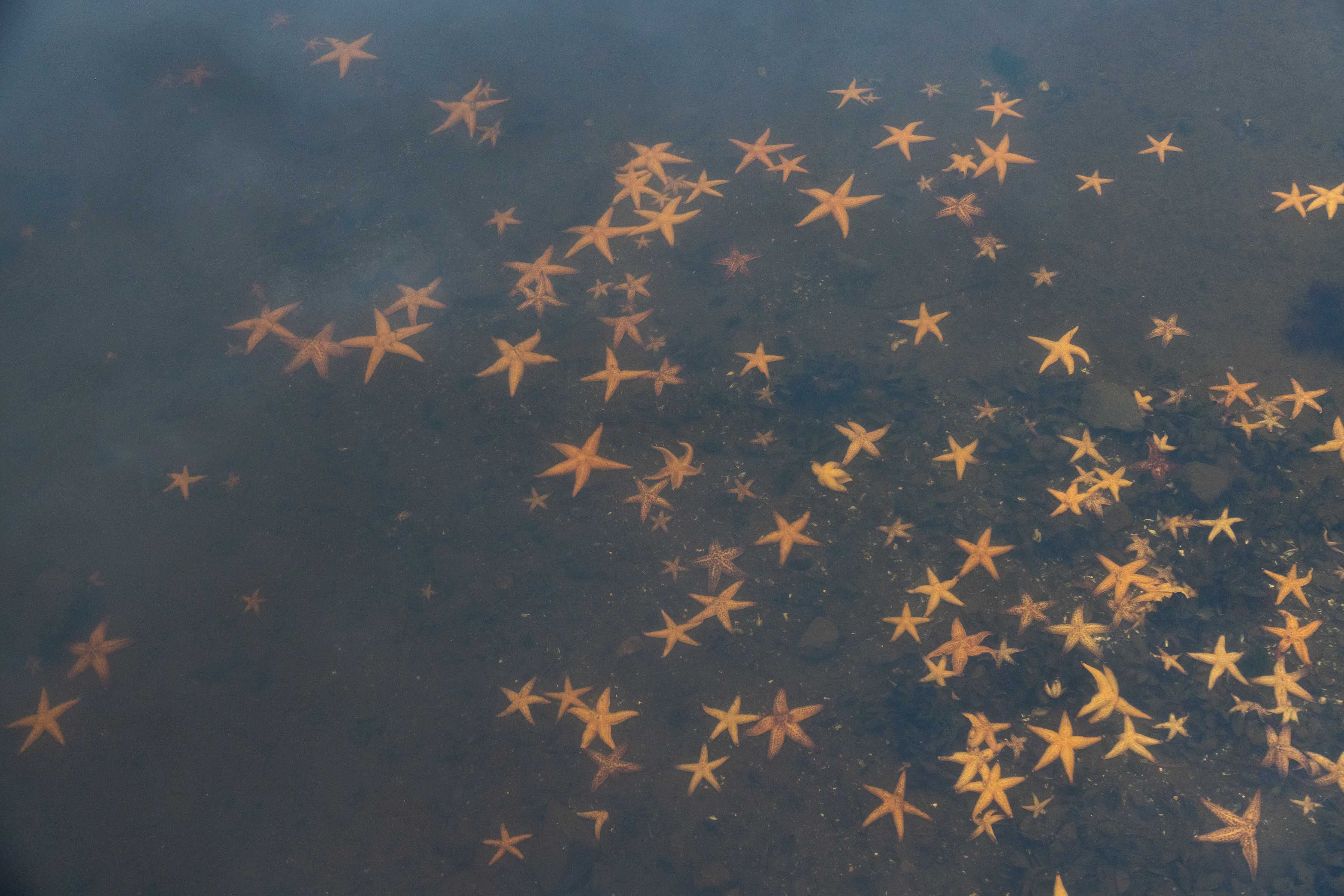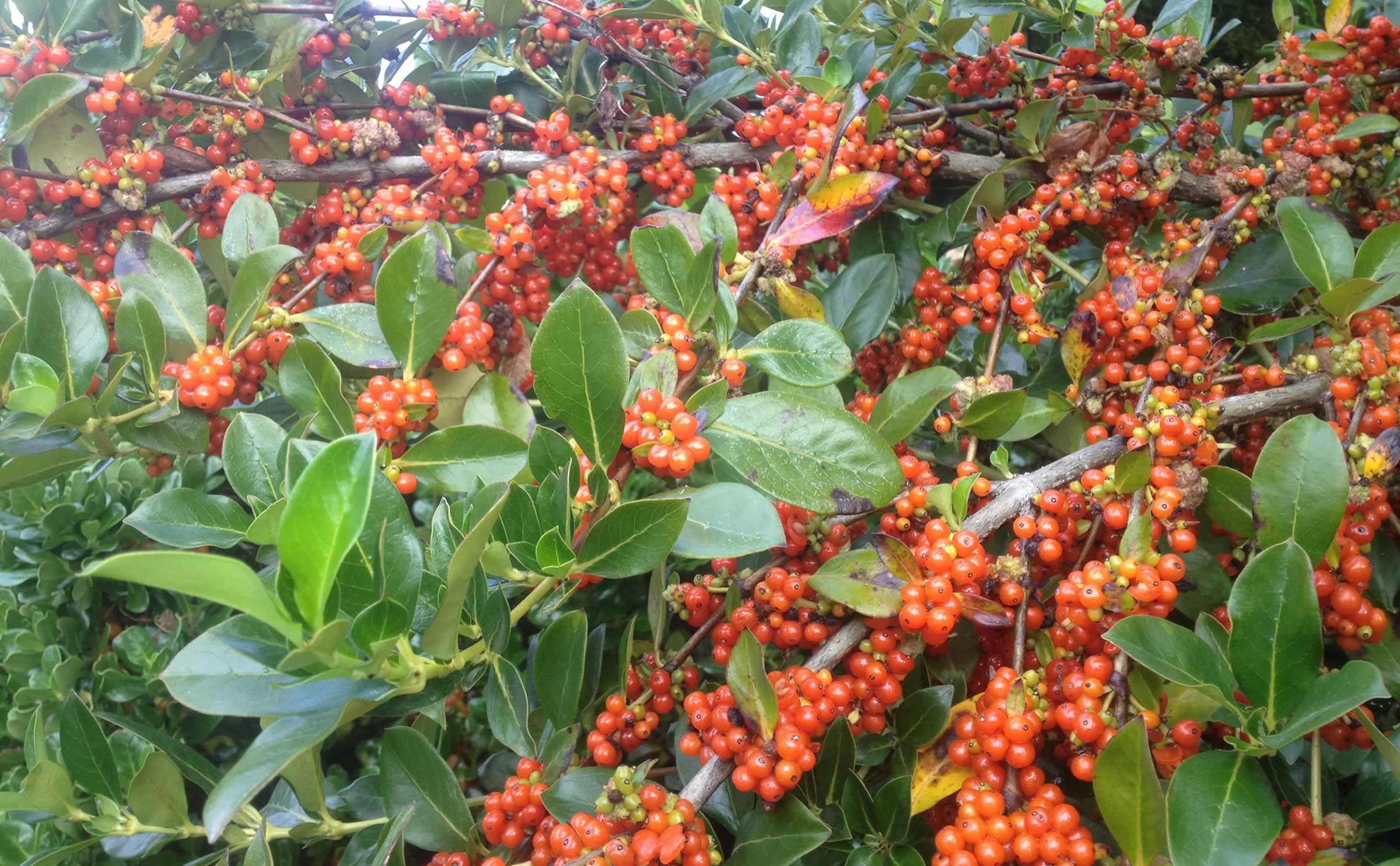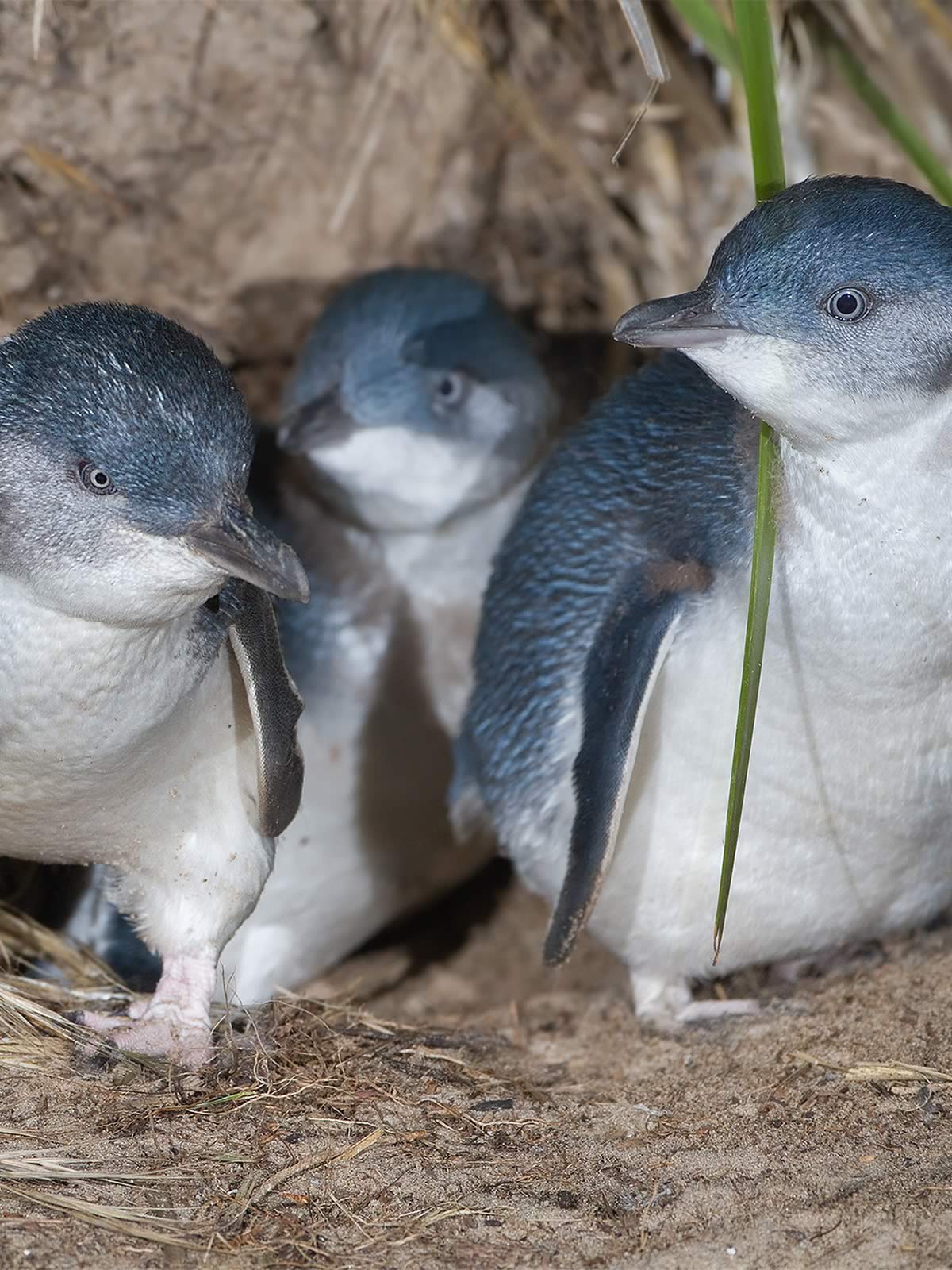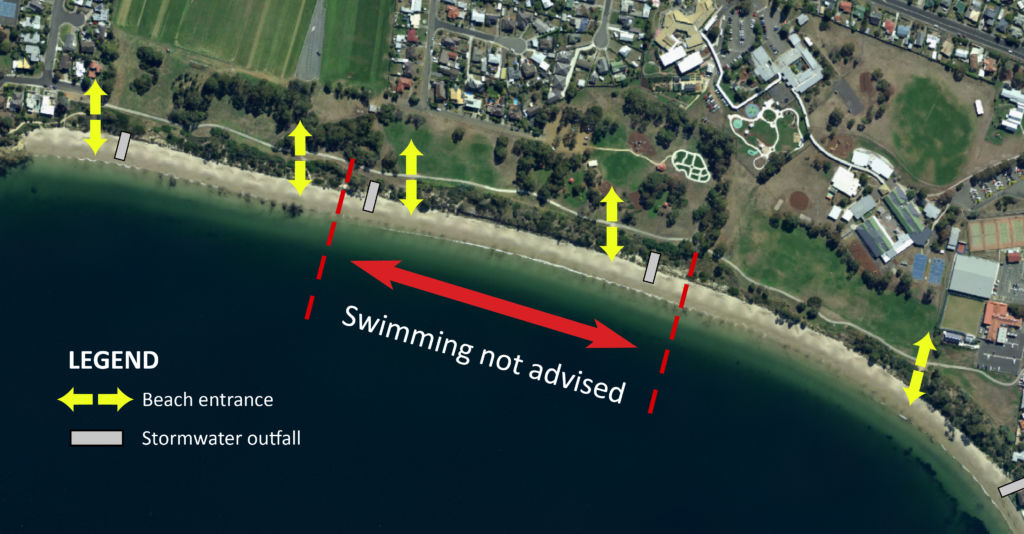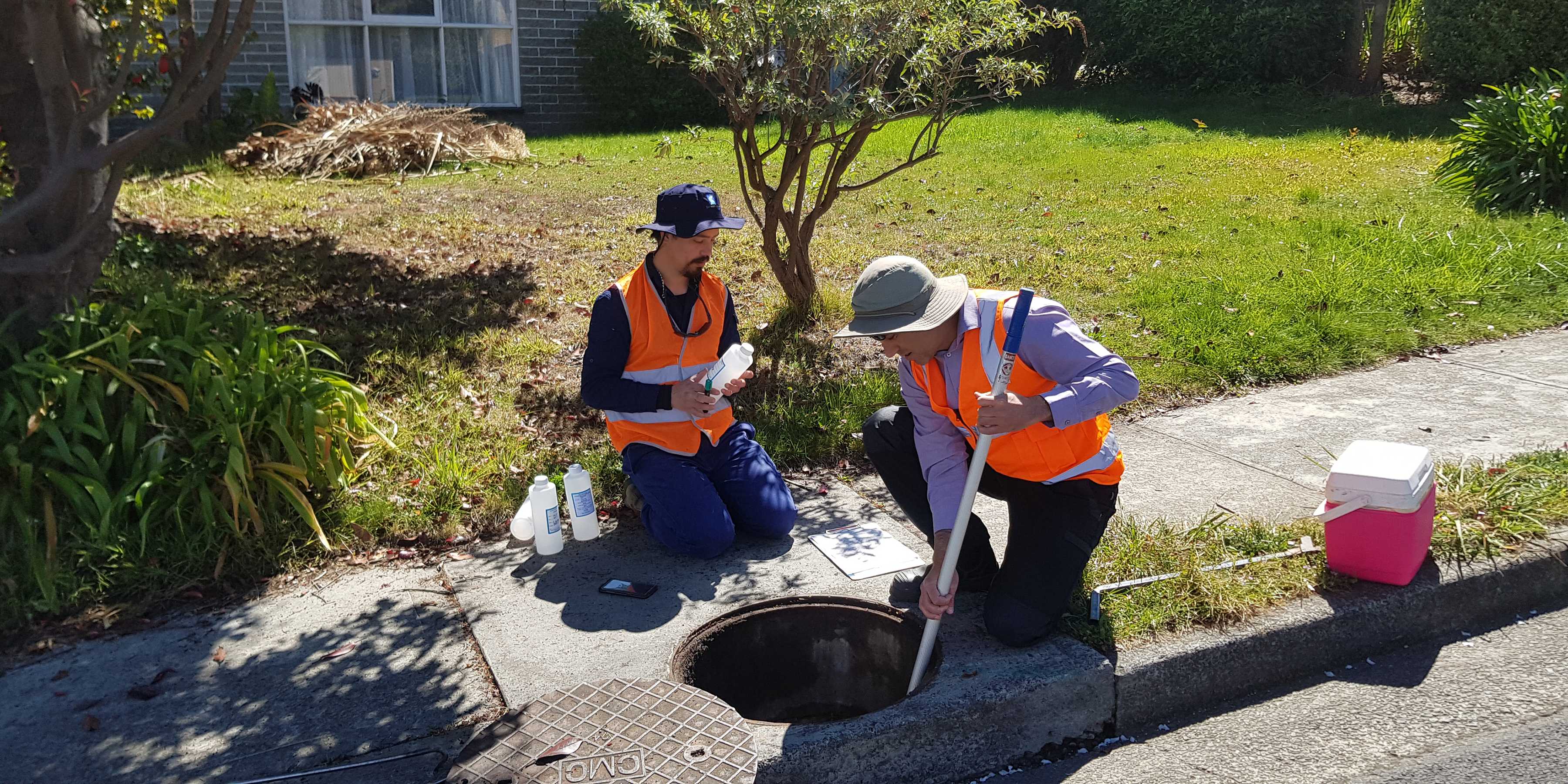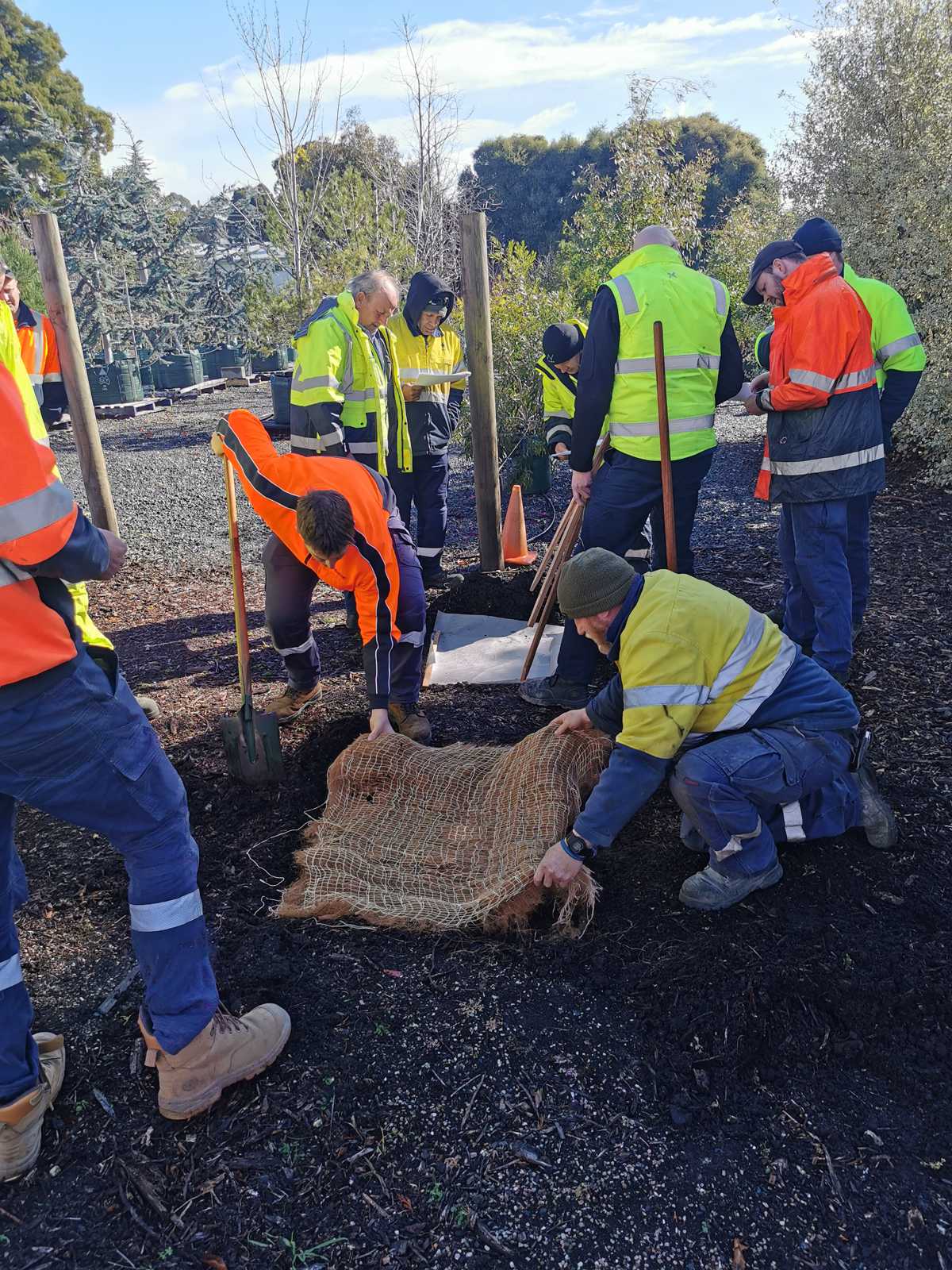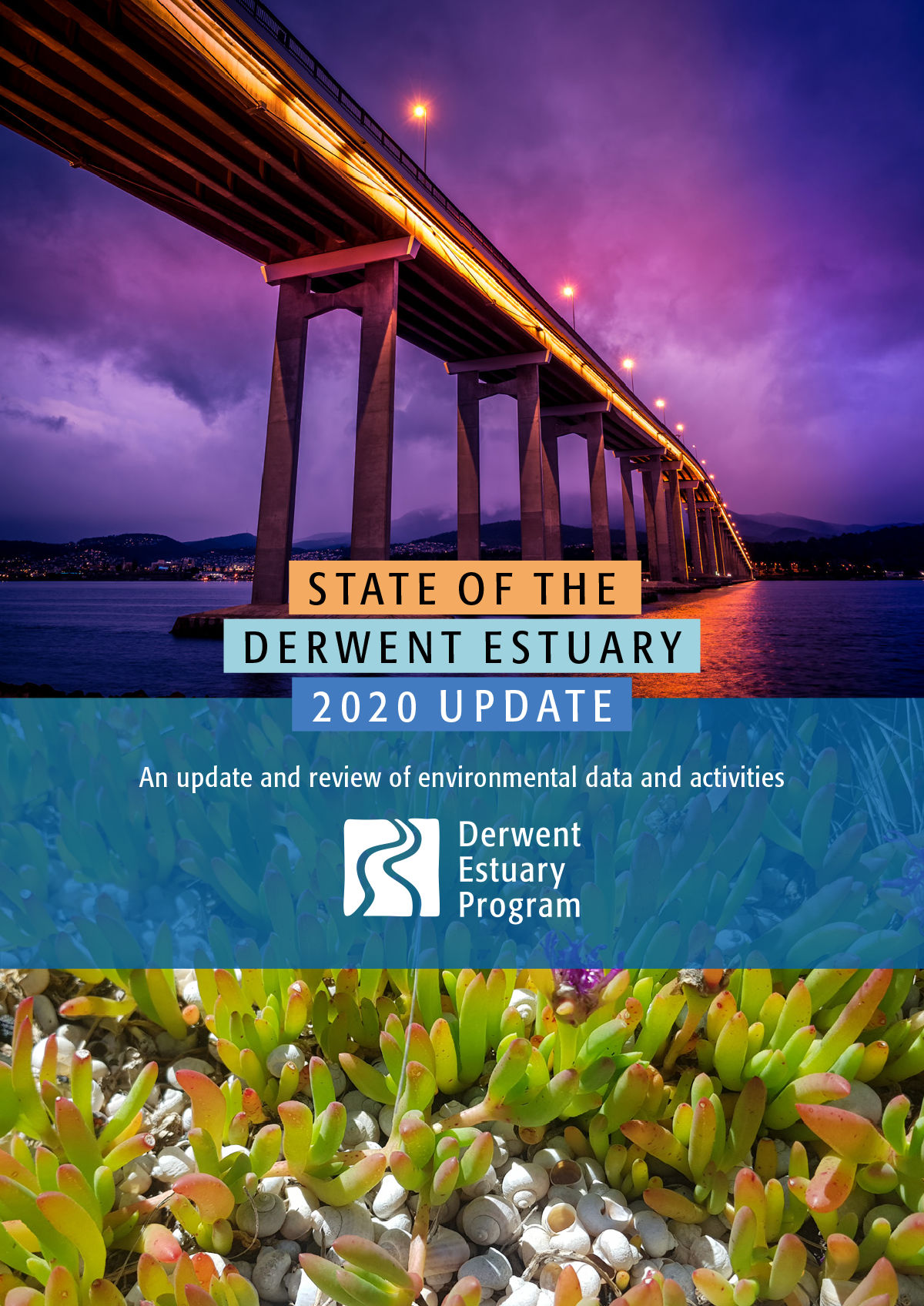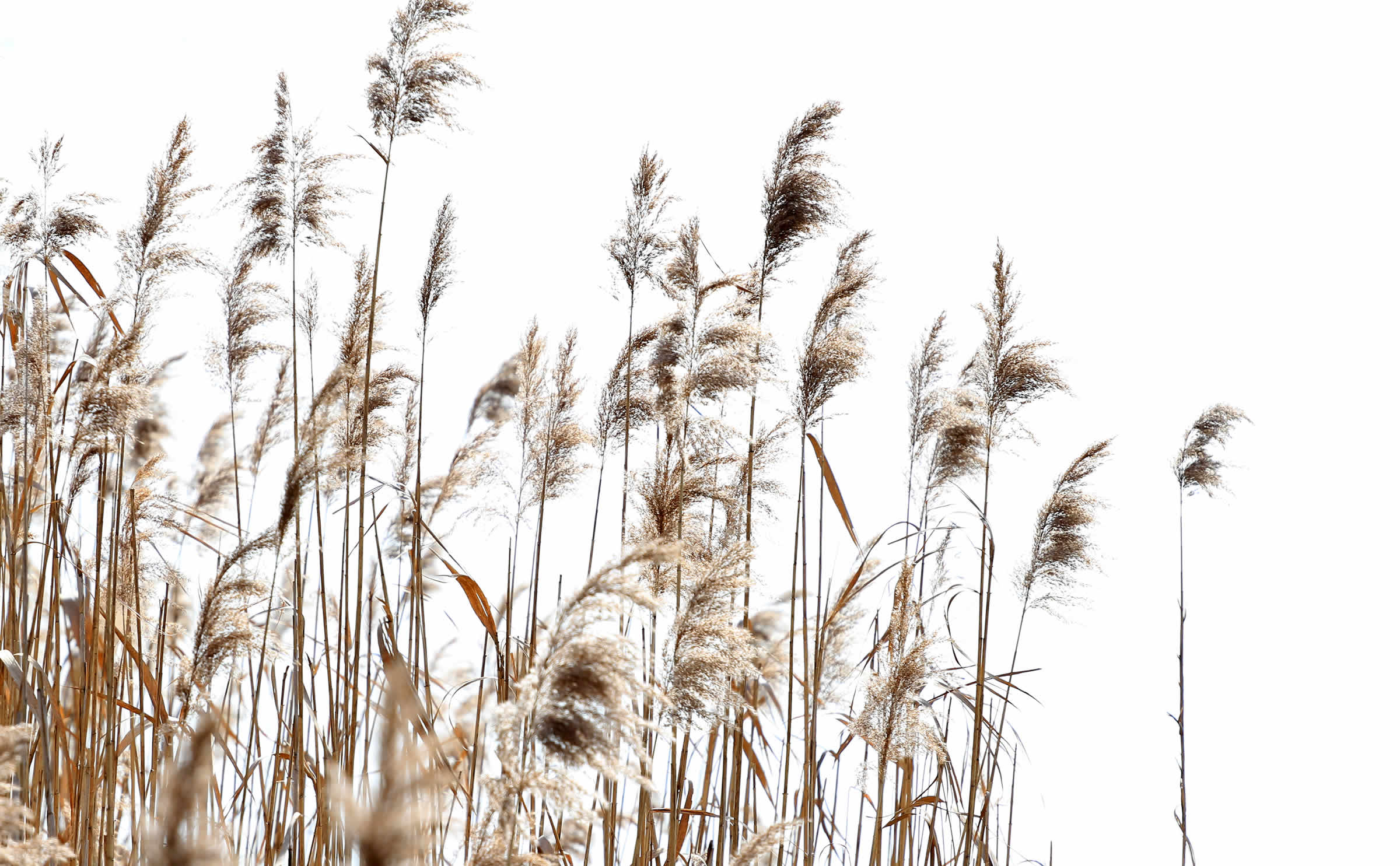Sediment and erosion control plays an important role in reducing the pollutant load into waterways. Recognising this the DEP offered training to our partner organisations to keep this element of construction and development front of mind and increase knowledge and management capacity.
Construction site sediment loss is the biggest contributor of all sediment pollution in urban areas. A one-hectare construction site with an average slope of 12% with moderately erosive soils in greater Hobart, can have sediment loss of 250 tonnes by sheet flow (which is the uniform removal of soil in thin layers) over 12 months. Additionally, more soil will be lost because of concentrated runoff and wind effects. In general, the amount of soil lost during a construction period is equivalent to the next 30 years of soil loss on an undeveloped site through natural erosion processes.
Sediment and erosion control is the practice of minimising the removal of sediment from worksites. Sediment generally leaves construction sites via stormwater and is transported into receiving waters such as rivers, creeks and the Derwent. It is crucial to manage sediment well, as it smothers waterway habitats, blocks stormwater drains and creeks, and negatively affects the feeding and breeding behaviour of fish and invertebrates. Sediment also acts as a transport mechanism for nutrients and heavy metals, so keeping them out of our waterways in the first place is more effective for water safety and quality control, and more cost effective than managing them when they are already in the waterway.
Given the impact of sediment erosion can have on the Derwent, the DEP organised two sediment and erosion control training courses, one for council works staff, and one for council designers and development application assessors. Both courses were run by Terry from TOPO, who is an Environmental Engineer with 16 years’ experience in soil and water management.
Content covered the following aspects of sediment and erosion control:
- Sediment controls – catching the soil before it causes harm (typical end of line control e.g. sediment fencing)
- Drainage controls – controlling flows to prevent erosion, diverting clean water around sites so it doesn’t become contaminated and managing dirty water through sites to minimise impacts.
- Erosion Controls – preventing soil particles becoming mobilised (preventative measures)

